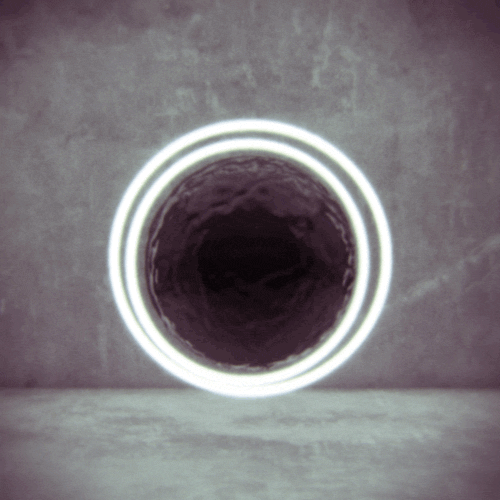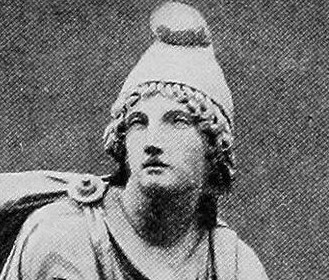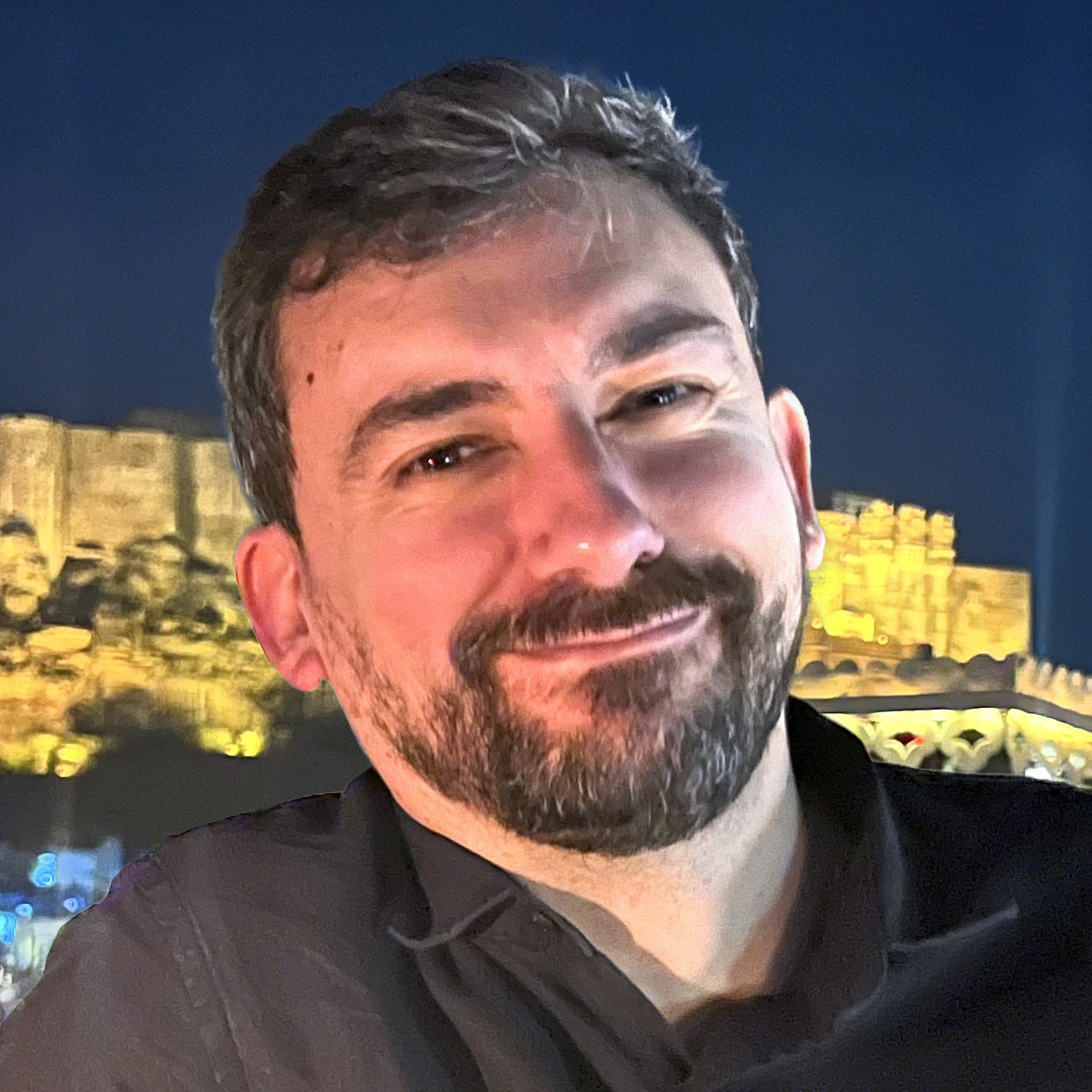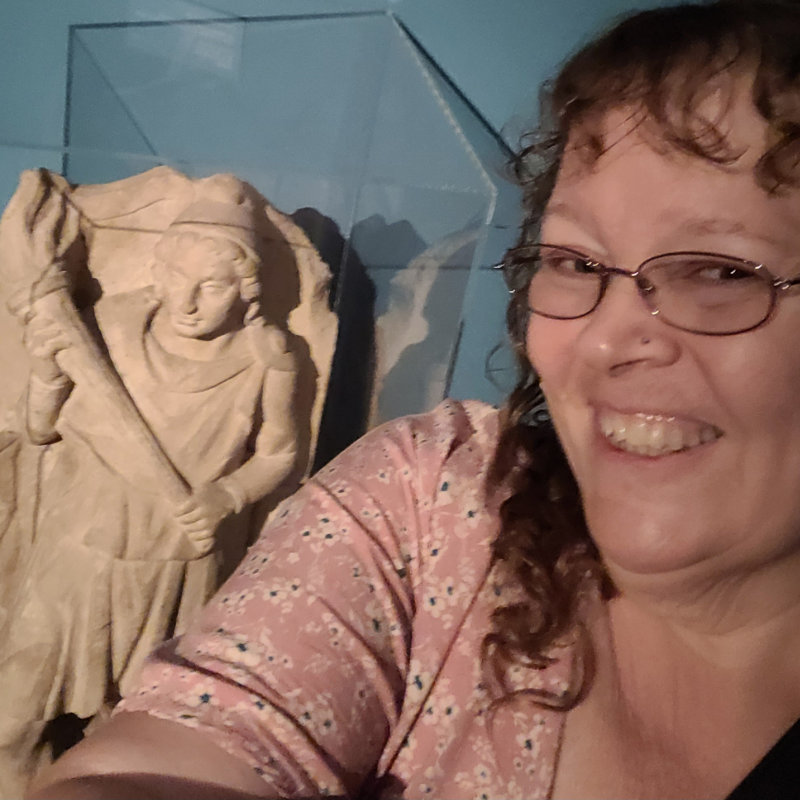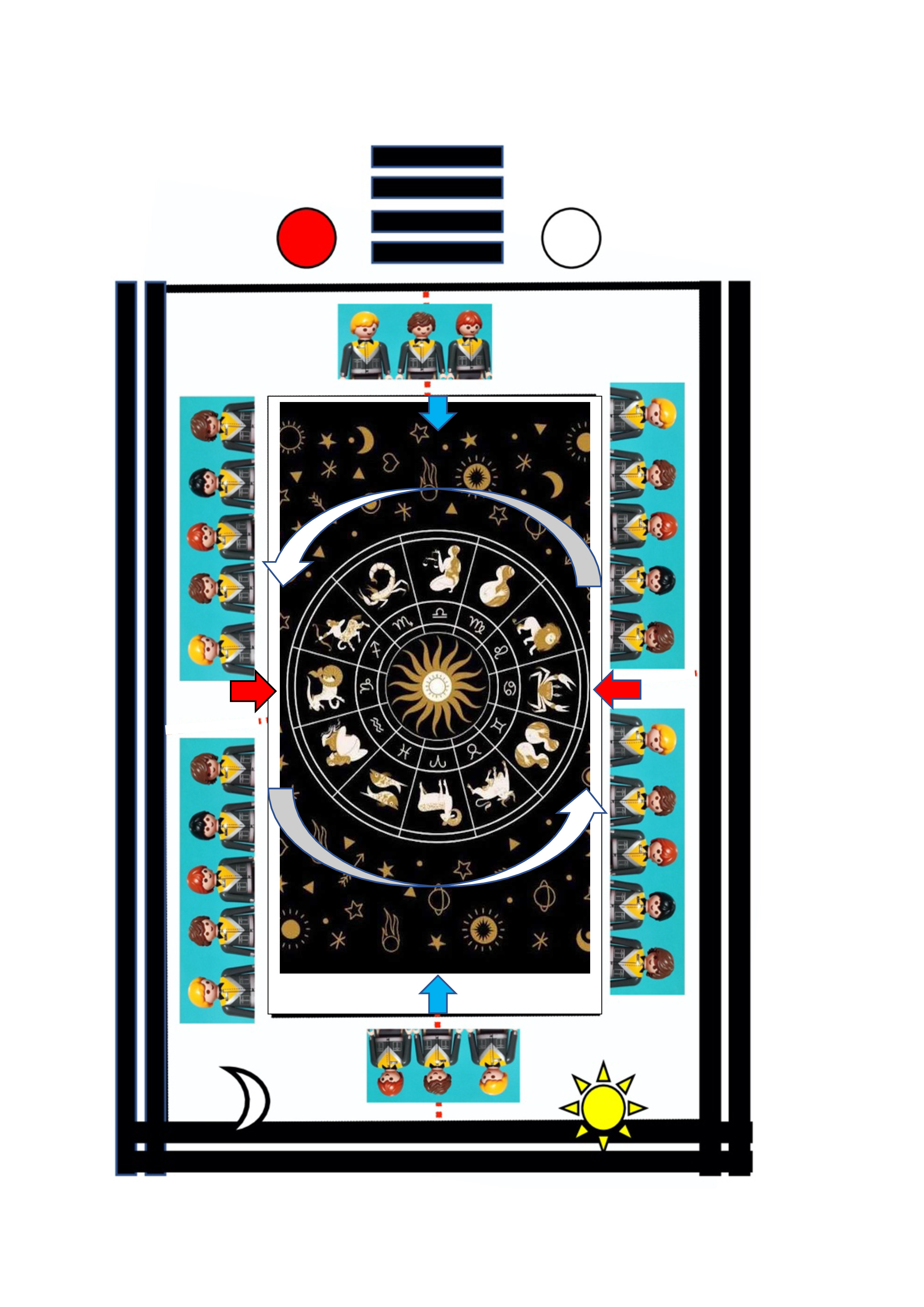I appreciate this article as it spawned and actual (gasp!) conversation on the facebook group. Mithraists are such a secretive bunch.
;-) There were a few bits I didn't agree with, but in the main, I too feel that when Mithras could no longer command the members it once had, it simply changed its outward appearance and kept going as the Masons. A fresh coat of paint, a change of clothes, and TA DA! Easy peasy.
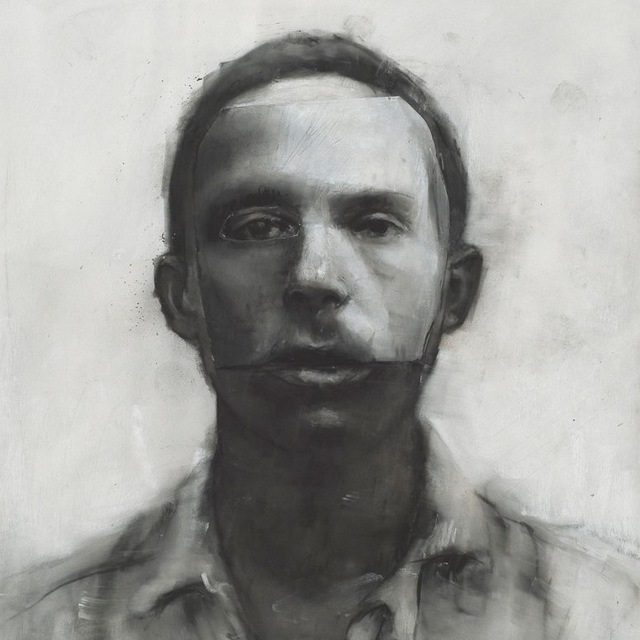
Pattie, you and I need to talk about those bits one of these days. I'd be glad to know more about them.



